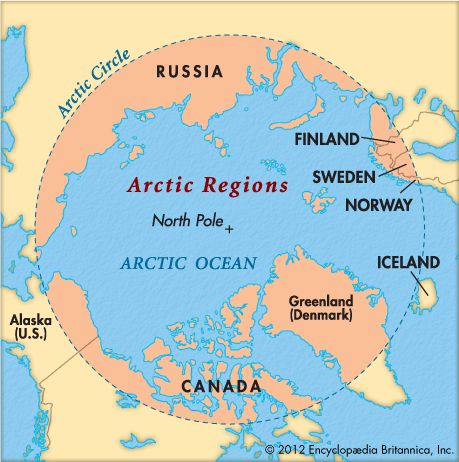900 319 0030
enquiry@shankarias.in
India will have around-the-year manning of the Arctic with the launch of the first-ever winter expedition in this region.
Arctic region is the region, which is above the Arctic Circle and includes the Arctic Ocean with the North Pole at its centre.

|
Scientific research in Arctic region |
|
|
Himadri Research Station |
|
References